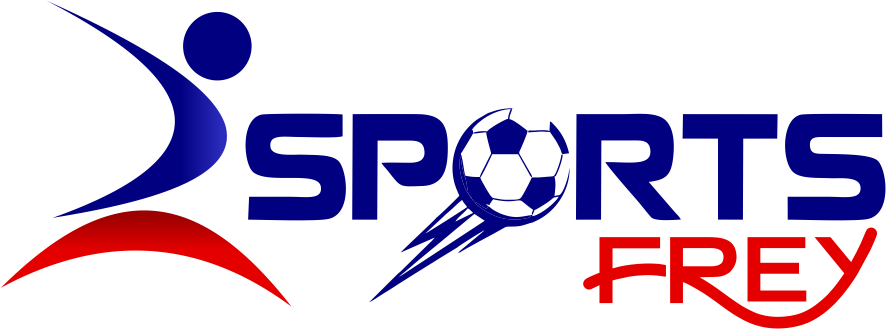If that $20 was net profit, it goes toward the owner’s equity in the business. Accounts Payables, or AP, is the amount a company owes suppliers for items or services purchased on credit. As the company pays off its AP, it decreases along with an equal amount decrease to the cash account. Unlike example #1, where we paid for an increase in the company’s assets with equity, here we’ve paid for it with debt. In order for the accounting equation to stay in balance, every increase in assets has to be matched by an increase in liabilities or equity (or both).
We also allow you to split your payment across 2 separate credit card transactions or send a payment link email to another person on your behalf. If splitting your payment into 2 transactions, a minimum payment of $350 is required for the first transaction. Updates to your application and enrollment status will be shown on your account page. We confirm enrollment eligibility within one week of your application for CORe and three weeks for CLIMB. HBS Online does not use race, gender, ethnicity, or any protected class as criteria for admissions for any HBS Online program.
Owner’s equity is essentially the owner’s rights to the assets of the business. It’s what’s left over for the owner after you’ve subtracted all the liabilities from the assets. If the statement of shareholder equity increases, the activities the business is pursuing to boost income pay off. If the message of shareholder equity decreases, it may be time to rethink those initiatives. However, by preceding dividends for a year, the company can increase its retained earnings and, as a result, stockholders’ equity. It is a value that primarily provides investors with an overview of potential financial risks that the company may face.
What Is Shareholders’ Equity in the Accounting Equation?
- Business owners may think of owner’s equity as an asset, but it’s not shown as an asset on the balance sheet of the company.
- The company can influence equity (in small amounts) by adjusting the dividends paid for the year.
- If a company issues bonds, they will have to pay back the purchaser of the bonds at a later time.
- Owner’s equity can be negative if the business’s liabilities are greater than its assets.
- But if you need a business loan or line of credit, understanding the relationship between assets, liability and equity is key.
A balance sheet is one of the primary statements used to determine the net worth of a company and get a quick overview of its financial health. The ability to read and understand a balance sheet is a crucial skill for anyone involved in business, but it’s one that many people lack. The owners’ equity section may also show dividends paid to owners or shareholders during the year. Retained earnings is the sum of all the years of net income the company has earned over time, over and above dividends it has paid out.
Current liabilities are due within one year and are listed in order of their due date. Long-term liabilities, on the other hand, are due at any point after one year. Balance sheets are one of the primary statements used to determine the net worth of a company and get a quick overview of it’s financial health.
What Are the 3 Elements of the Accounting Equation?
A company receives assets such as cash when selling a product or service, or even by selling shares of its own stock or issuing bonds. It can also use cash to purchase additional assets used for the business. In the U.S., assets are listed on a balance sheet with the most liquid items (i.e., those that are easiest to sell) listed first and longer-term assets listed lower. In short, the balance sheet is a financial statement that provides a snapshot of what a company owns and owes, as well as the amount invested by shareholders.
The Bankrate promise
Last, a balance sheet is subject to several areas of professional judgement that may materially impact the report. For example, accounts receivable must be continually assessed for impairment and adjusted to reflect potential uncollectible accounts. Without knowing which receivables a company is likely to actually receive, a company must make estimates and reflect their best guess as part of the balance sheet.
The shareholders’ equity number is a company’s total assets minus its total liabilities. Below liabilities on the balance sheet is equity, or the amount owed to the owners of the company. Since they own the ordinary annuity vs annuity due company, this amount is intuitively based on the accounting equation—whatever assets are left over after the liabilities have been accounted for must be owned by the owners, by equity. These are listed at the bottom of the balance sheet because the owners are paid back after all liabilities have been paid. The balance sheet is just a more detailed version of the fundamental accounting equation—also known as the balance sheet formula—which includes assets, liabilities, and shareholders’ equity.
Accounts within this segment are listed from top to bottom in order of their liquidity. They are divided into current assets, which can be converted to cash in one year or less; and non-current or long-term assets, which cannot. That’s because a company has to pay for all the things it owns (assets) by either borrowing money (taking on liabilities) or taking it from investors (issuing shareholder equity).
We briefly go through commonly found line items under Current Assets, Long-Term Assets, Current Liabilities, Long-term Liabilities, and Equity. A bank statement is often used by parties outside of a company to gauge the company’s health. A balance sheet explains the financial position of a company at a specific point in time. As opposed to an income statement which reports financial information over a period of time, a balance sheet is used to determine the health of a company on a specific day.
For example, if a company with five equal-share owners has $1.2 million in assets but owes $485,000 on a term loan and $120,000 for a semi-truck it financed, bringing its liabilities to $605,000. Their equity would equal $595,000 ($1,200,000 – $605,000), or $119,000 per owner. You can think about equity in terms of what would happen if the company went bankrupt and liquidated its assets today. If Bank Y lent you that $20, it’s a liability you need to pay back.
Preferred stock is assigned an arbitrary par value (as is common stock, in some cases) that has no bearing on the market value of the shares. The common stock and preferred stock accounts are calculated by multiplying the par value by the number of shares issued. A liability is any money that a company owes 5 differences between tangible and intangible assets to outside parties, from bills it has to pay to suppliers to interest on bonds issued to creditors to rent, utilities and salaries.
If you look at the balance sheet, you can see that the total owner’s equity is $95,000. That includes the $20,000 Rodney initially invested in the business, the $75,000 he took out of the company, and the $150,000 of profits from this year’s operations. Some companies issue preferred stock, which will be listed separately from common stock under this section.




